Rabbit Holes
September 6, 2019 Photography Essay Zofia Rydet Sergio Larraín Gary Winogrand August Sander Available Light Jenny Odell Adam Mazur Jacob Mikanowski
Between 1978 and 1997, a Polish photographer tried capturing every household in her homeland. She got quite far. Did she also get carried away?
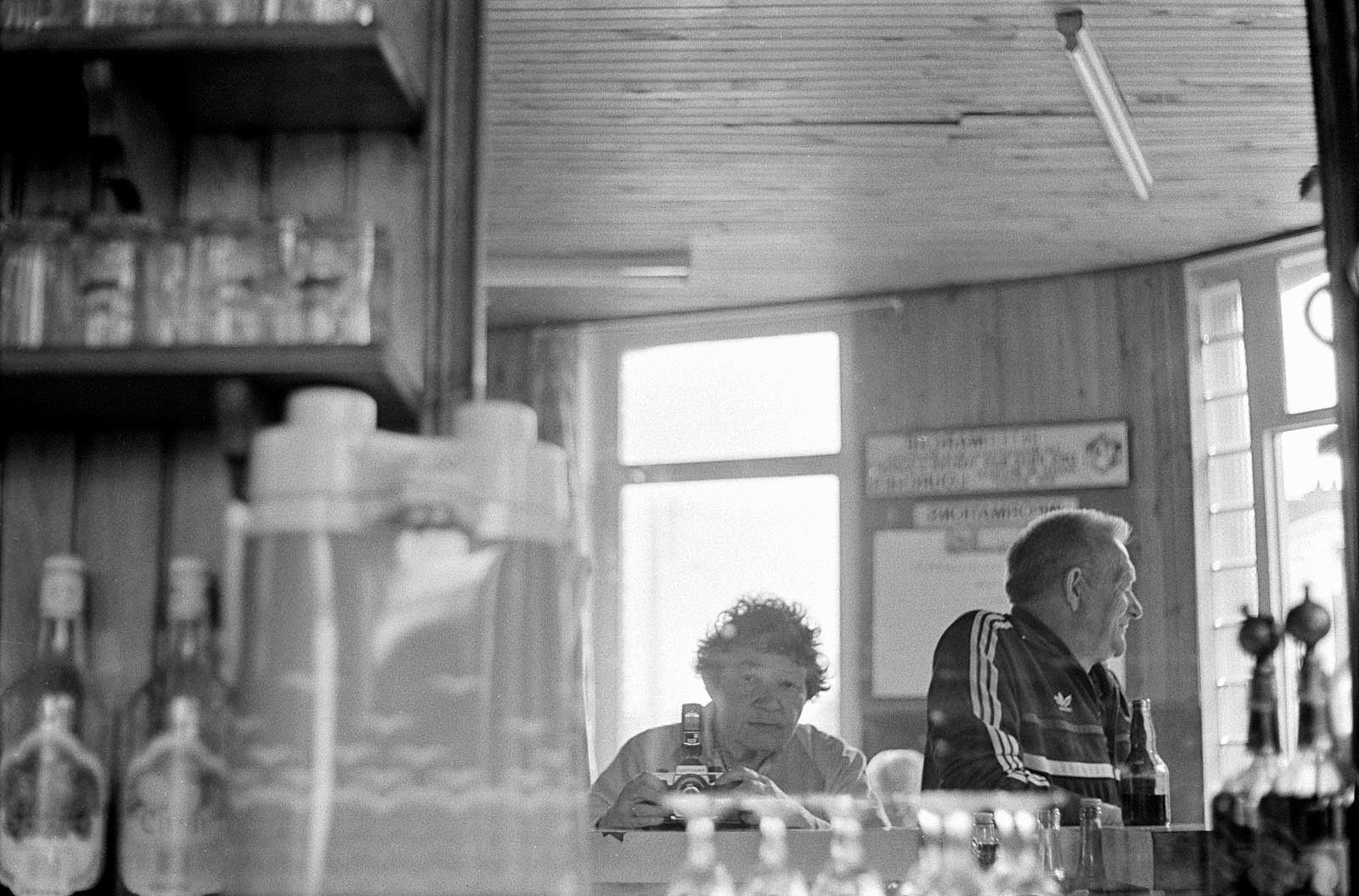
An Epic Quest
It’s 1982 in the Polish People’s Republic. Time seems to stand still in the countryside near Kraków. An old woman with a crooked back walks from house to house, dragging behind her a tripod and a camera.
She knocks on doors, tells the startled inhabitants that she is there to take their picture. “It’s for the pope,” she’ll insist, and the God-fearing countryfolk reluctantly agree to let her in. With quiet efficiency the photographer sets up her tripod, arranges the subjects before the tapestry of their own living rooms, instructs them not to smile, and snaps a picture.
Her name is Zofia Rydet and she’s on an epic quest to photograph every household in Poland. It’s a project she began in 1978 and never finished. Instead, the project sprawled, first gradually then ever quicker, until Rydet had amassed 27.000 negatives. She only stopped working on it in 1997, right before her death from old age.
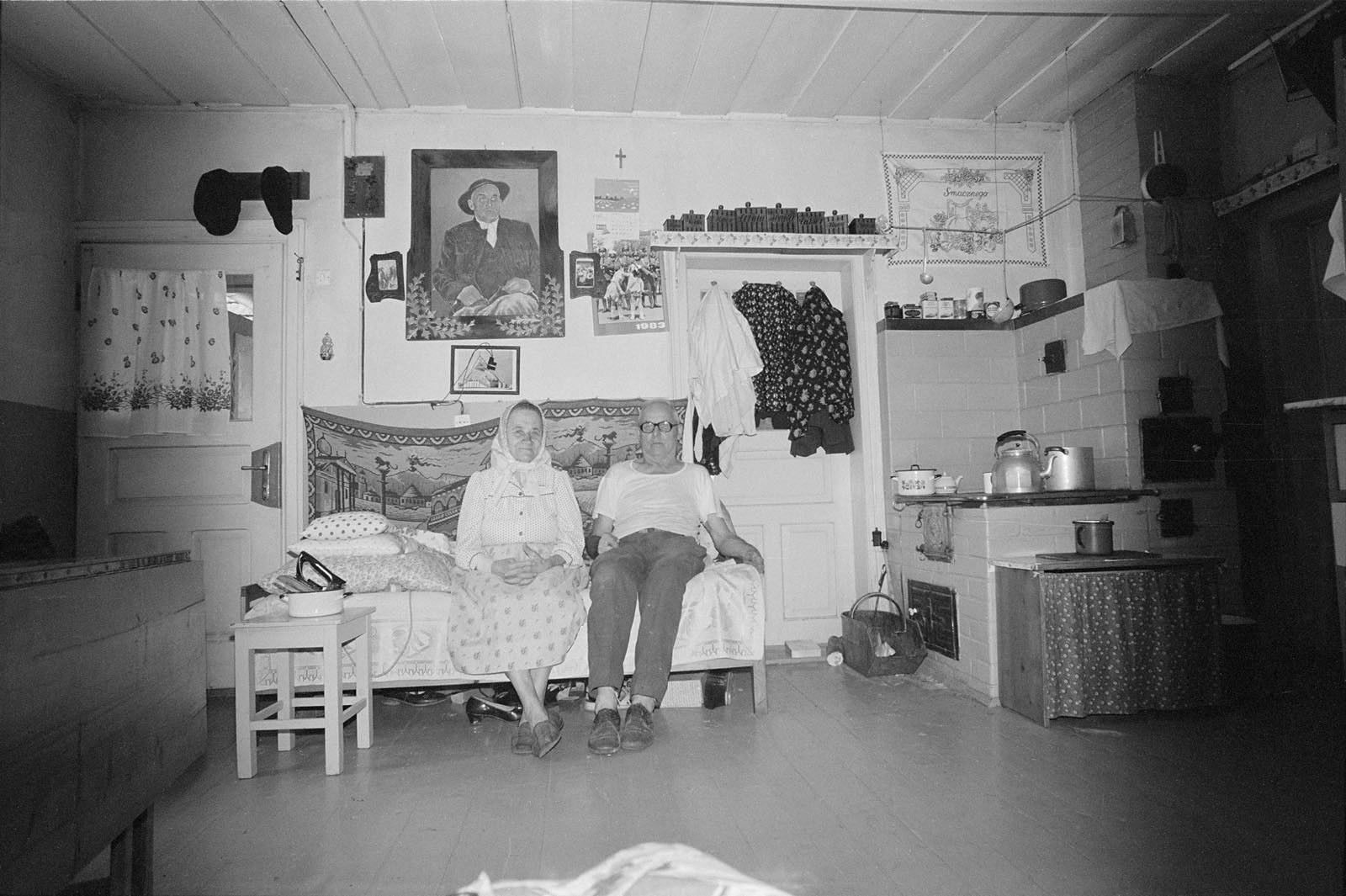
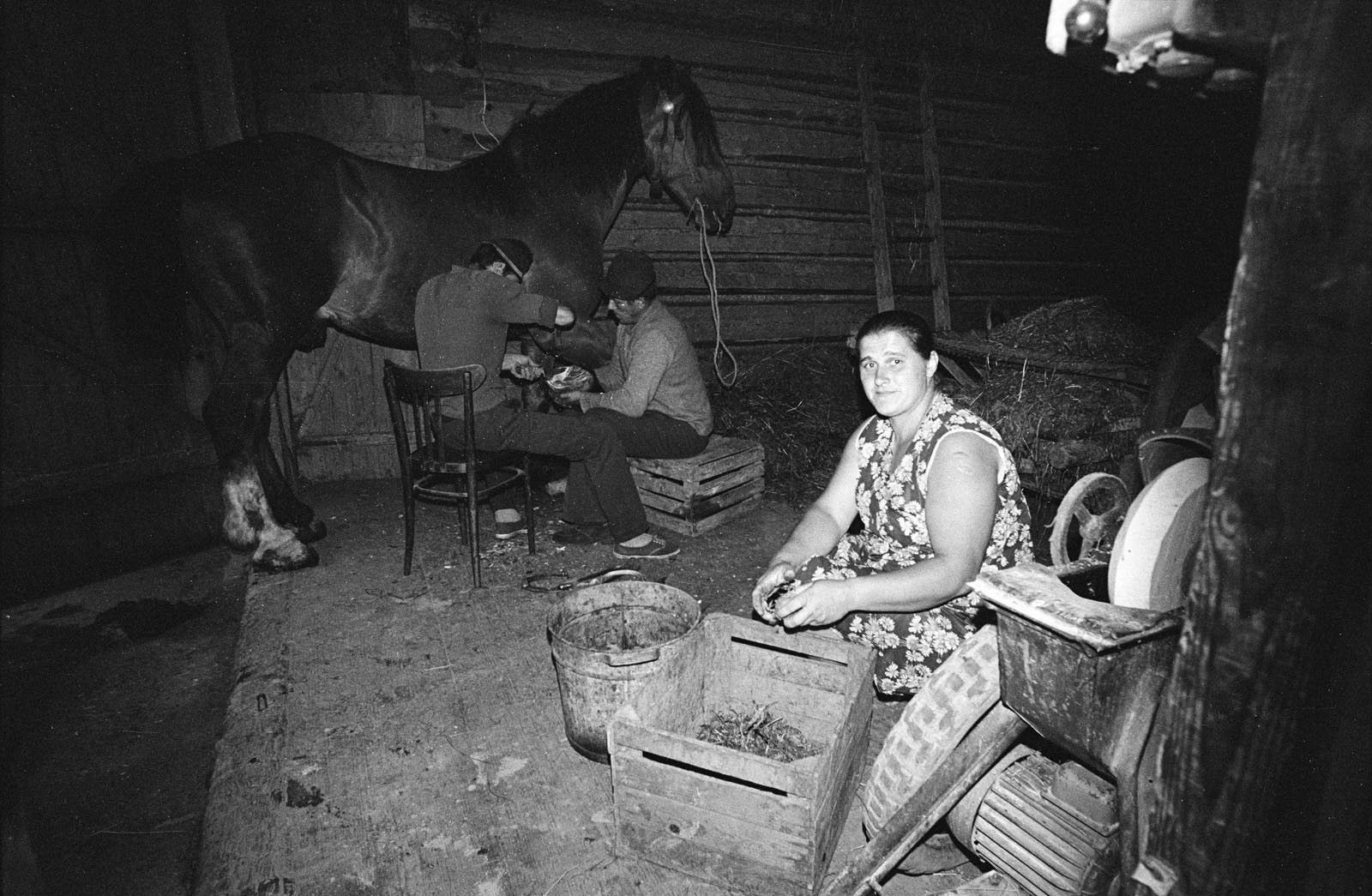
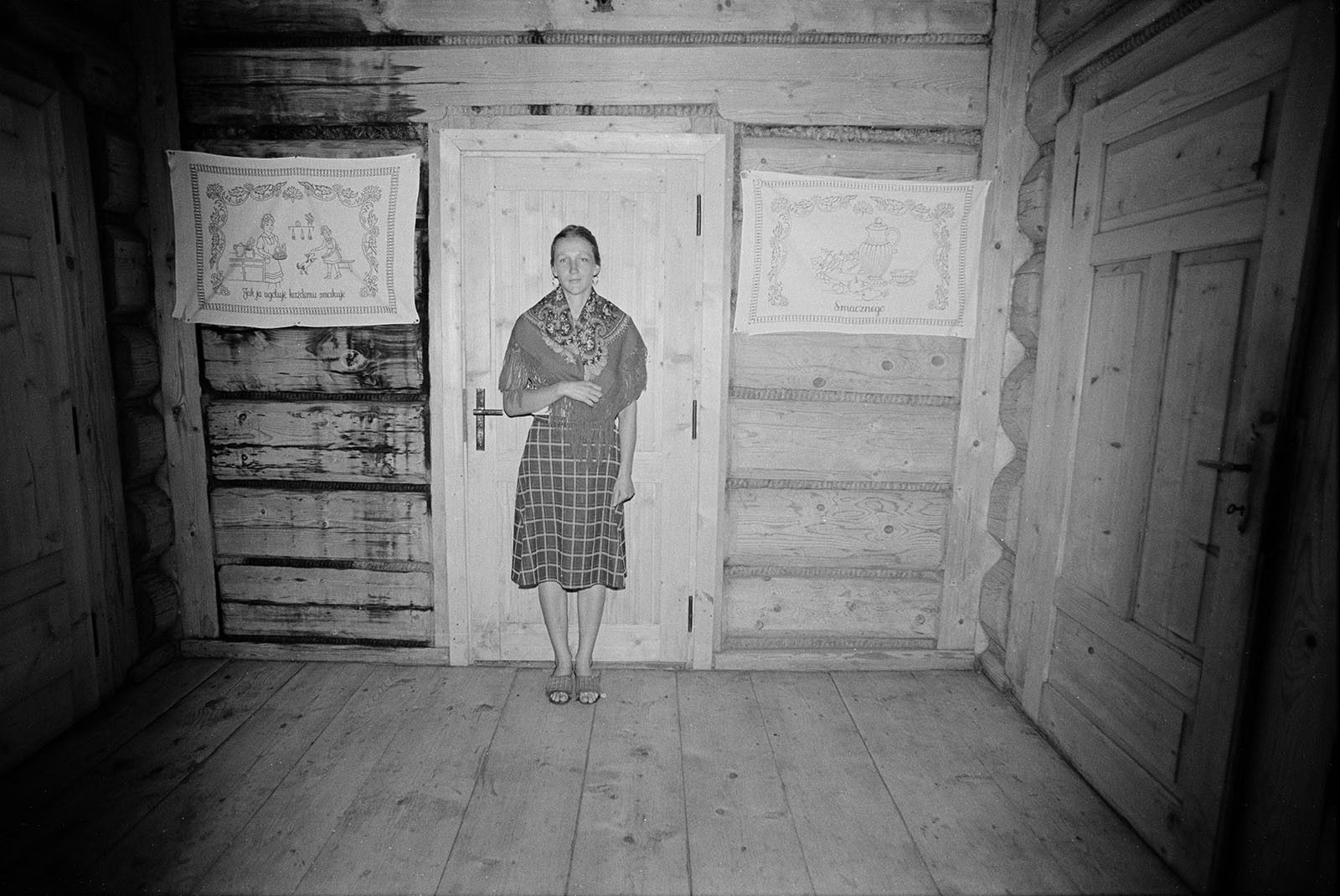
Ambition or Madness?
There’s something fascinating about the rabbit holes some artists fall into, particularly when they cause them to produce such monumental bodies of work. In photography it happens quite often—both to unknown and to famous photographers.
The most recent and most famous case is that of Viviane Maier, who lived a quiet life as a nanny and spent most of her money on film, which she would expose and pile into boxes, never showing the pictures to anyone.
But it also happened to more prominent people: Pioneering photojournalist W. Eugene Smith filled a loft with photos, prints and audio tapes, forty-four thousand pounds of them, that required containers to be hauled away. And Gary Winogrand—squarely in the pantheon of famous photographers—found a rabbit hole in his old age and started shooting random street scenes out of his car window. He never developed the film, instead letting it “pile up in trash cans and in the fridge”1.
The case of Zofia Rydet isn’t quite as tragic but rather more ambiguous than these stories: Even though she eventually stopped printing her pictures, Rydet occupied that space between ambition and madness we call passion: She found a cause, started the work, and followed it to its very conclusion.
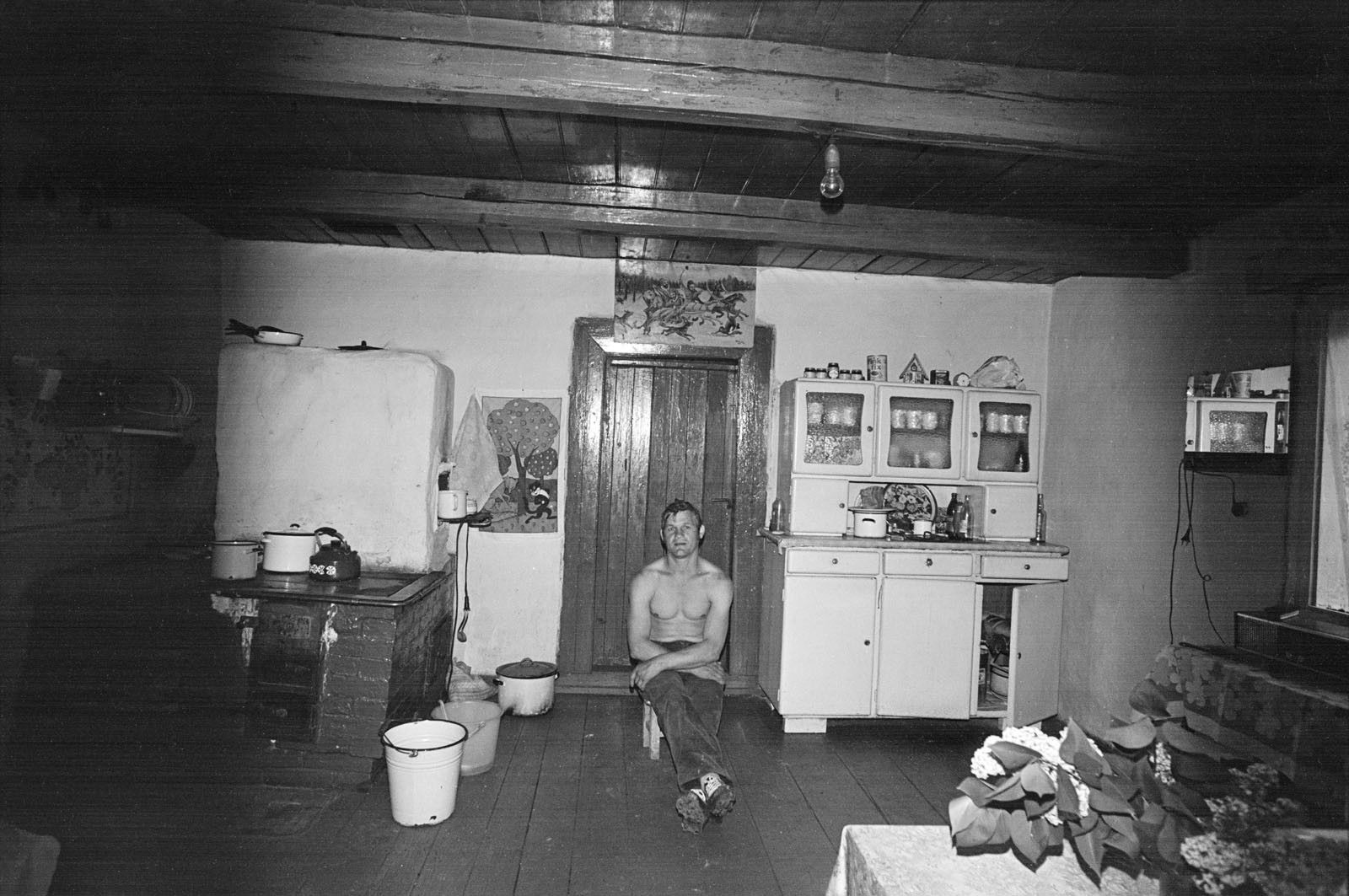
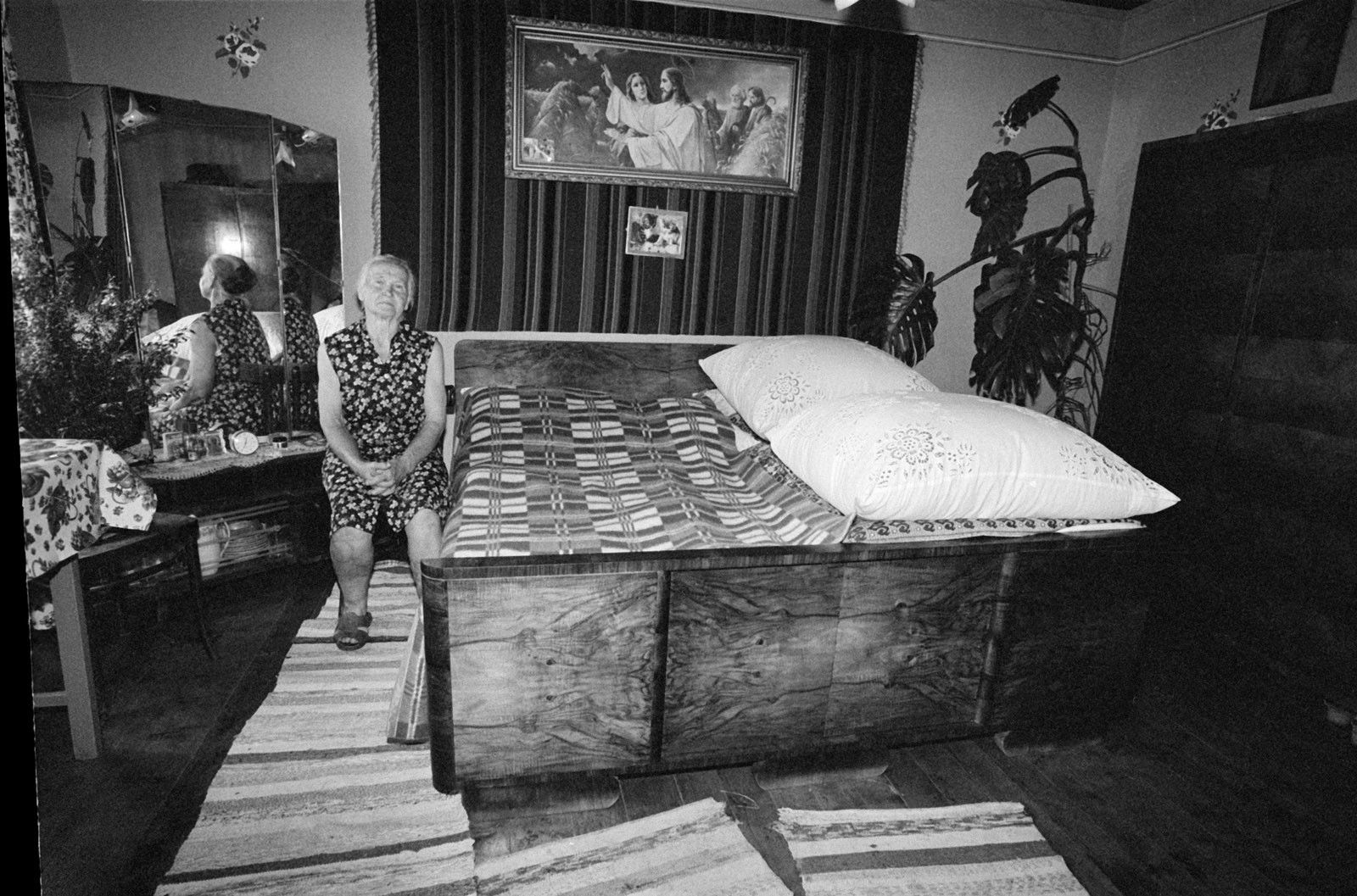
The Eyes of an Amateur
The outlines of Zofia Rydet’s story are quickly drawn: Born in 1911, she had no formal photographic education but learned the craft herself with support from her older brother. After World War II, as Poland became the Polish People’s Republic and access to photographic materials became more restricted2, she joined her hometown’s photographic association to get easier access to film and paper.
Being a photographer meant being able to break free from the imposed uniformity of the Eastern Block: For the intellectual elite of the PPR, photography was “a lifestyle of choice and an escape from politicized mundanity”, writes the art historian Adam Mazur in a collection of essays about Rydet’s life.
And that observation seems true, as the complexities of Zofia Rydet’s story emerge from her career as photographer: Slowly climbing the rungs of the photographic society, she began organizing exhibitions, networking with other photographers, and gradually became an expert in how photographic projects are conceived and realized. Her own first book, ‘Little Man’, published in 1963, is testament to that—not only because it’s so mature, but also because it showcases such a fresh and unspoiled vision.
Despite all her exposure to photography, Zofia Rydet somehow conserved the eyes of an amateur. I mean that in the best possible way: She seemed genuinely interested in exploring new visual angles and pursuing new projects or new perspectives—a trait that would become apparent in her big project as well.
She coupled the curiosity with resolute perfectionism: In reports about her work, observers never fail to point out how much she sweated the details of each picture. At exhibitions of her work, she would rehang the prints herself if she didn’t like how they had been arranged.
Today, some art historians—like the aforementioned Adam Mazur—have suggested that all of Polish photography can be divided into two distinct phases: Before and after Zofia Rydet. The (creative) proportion of her work simply exceeded all that ever came before.
Remarkably Unremarkable
How does one create such a monumental work? With a compelling idea and a lot of time: During a 1978 summer holiday in Southern Poland. Rydet was traveling with her brother and taken aback by how different rural life was down there—way more traditional and quite out of step with the modernization the rest of the country saw following WWII. The quaint mountain villages must have seemed like a time capsule, and Rydet knew that they wouldn’t stay that way forever—which is why she began preserving them on pictures.
She called it the Sociological Record, intended as a document of “the whole of Polish rural life”. The title speaks of great ambitions and as though she intended for the project to be huge from early on—a collection of sociological insights rather than just an album of photos.
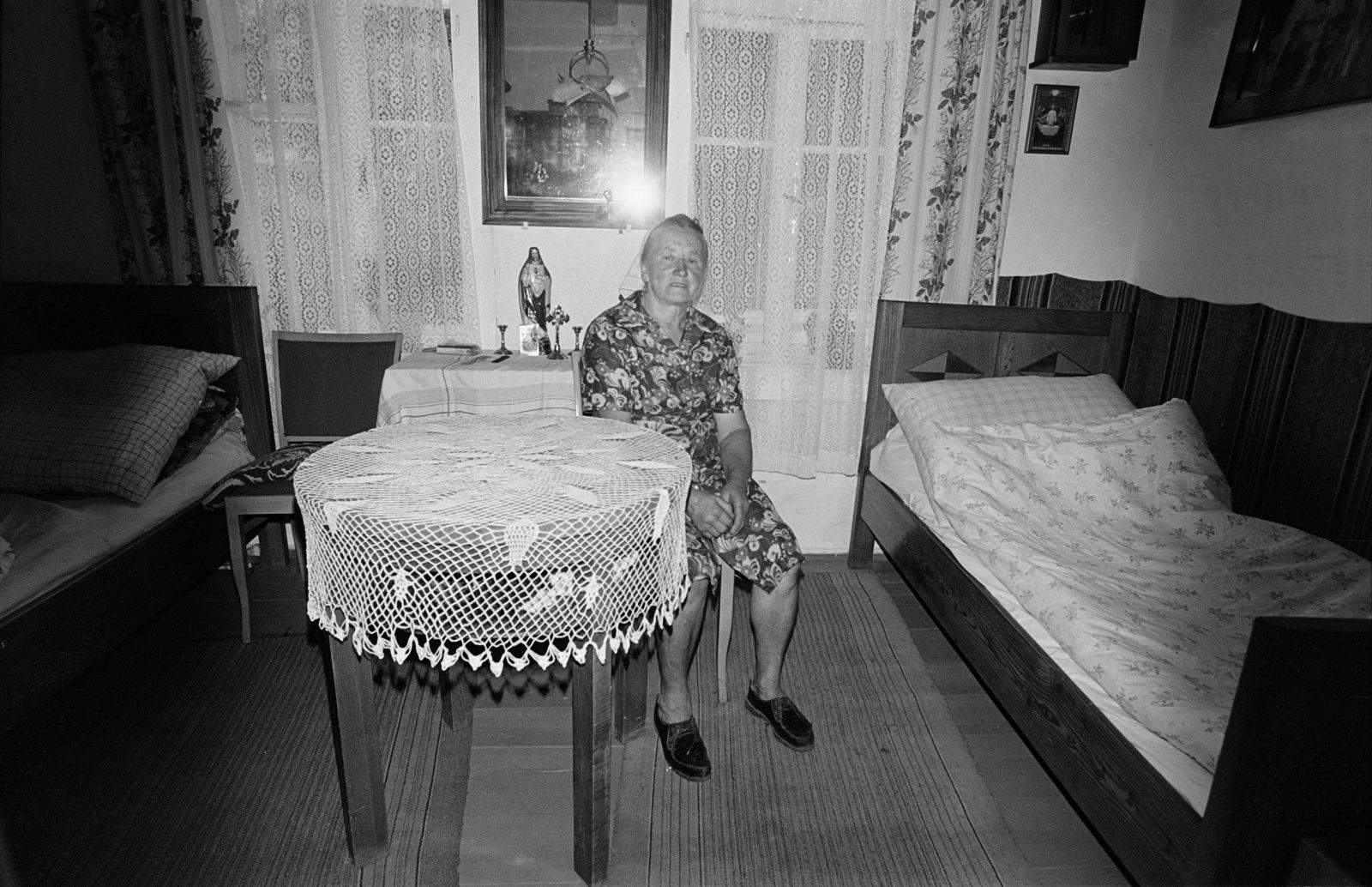
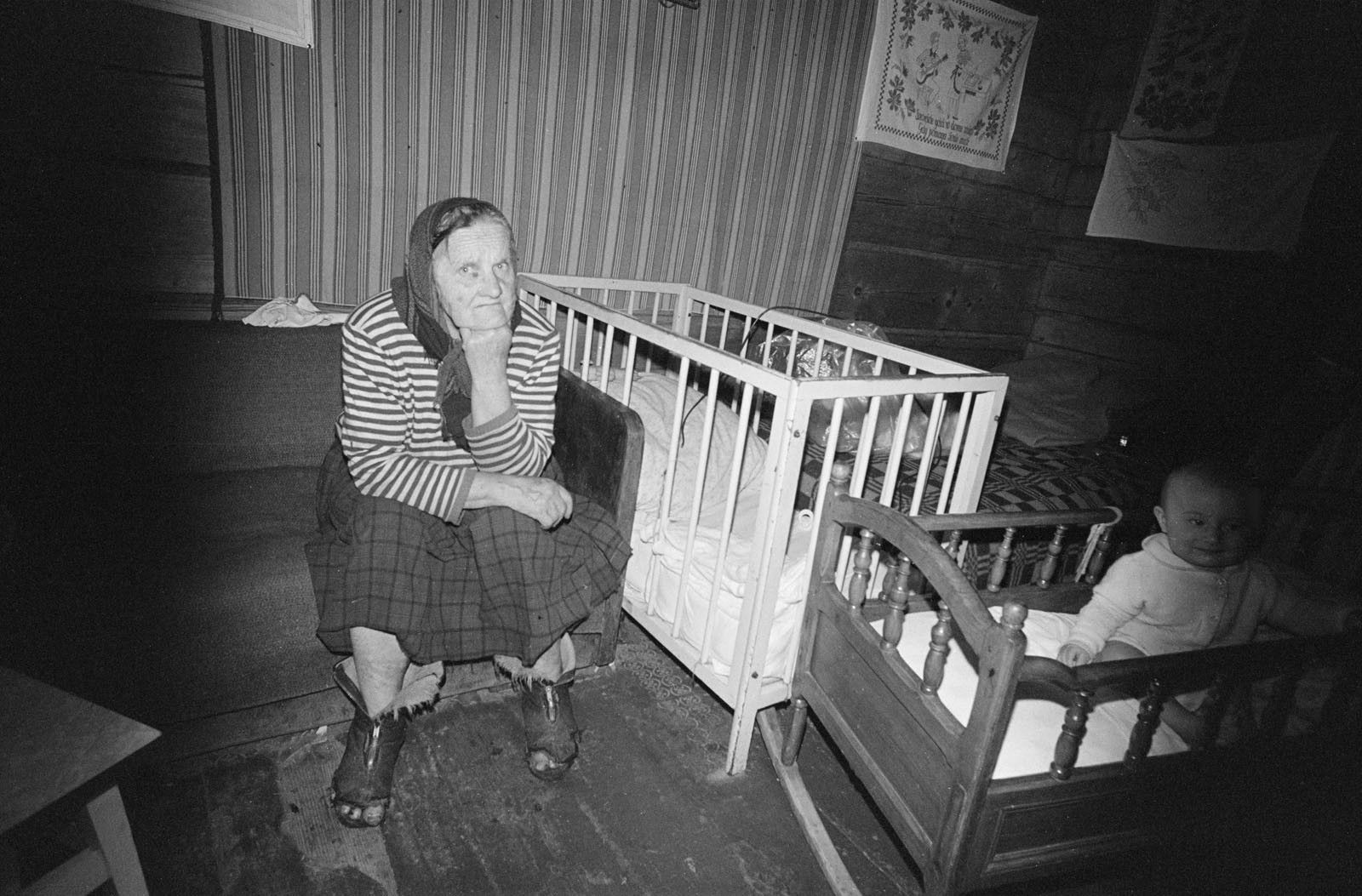
And this is where the story becomes remarkably unremarkable: Rydet just stuck with the project. She returned to the region over and over again to take more pictures for the project, then expanded her scope to other Polish provinces, documenting ever more interiors, eventually even beyond her home country.
There are many stories about the strategies Zofia Rydet used to gain access to the households she photographed; a mixture of charm, force of will, and the occasional white lie about the pope. But it seems most decisive that she was such an unassuming person.
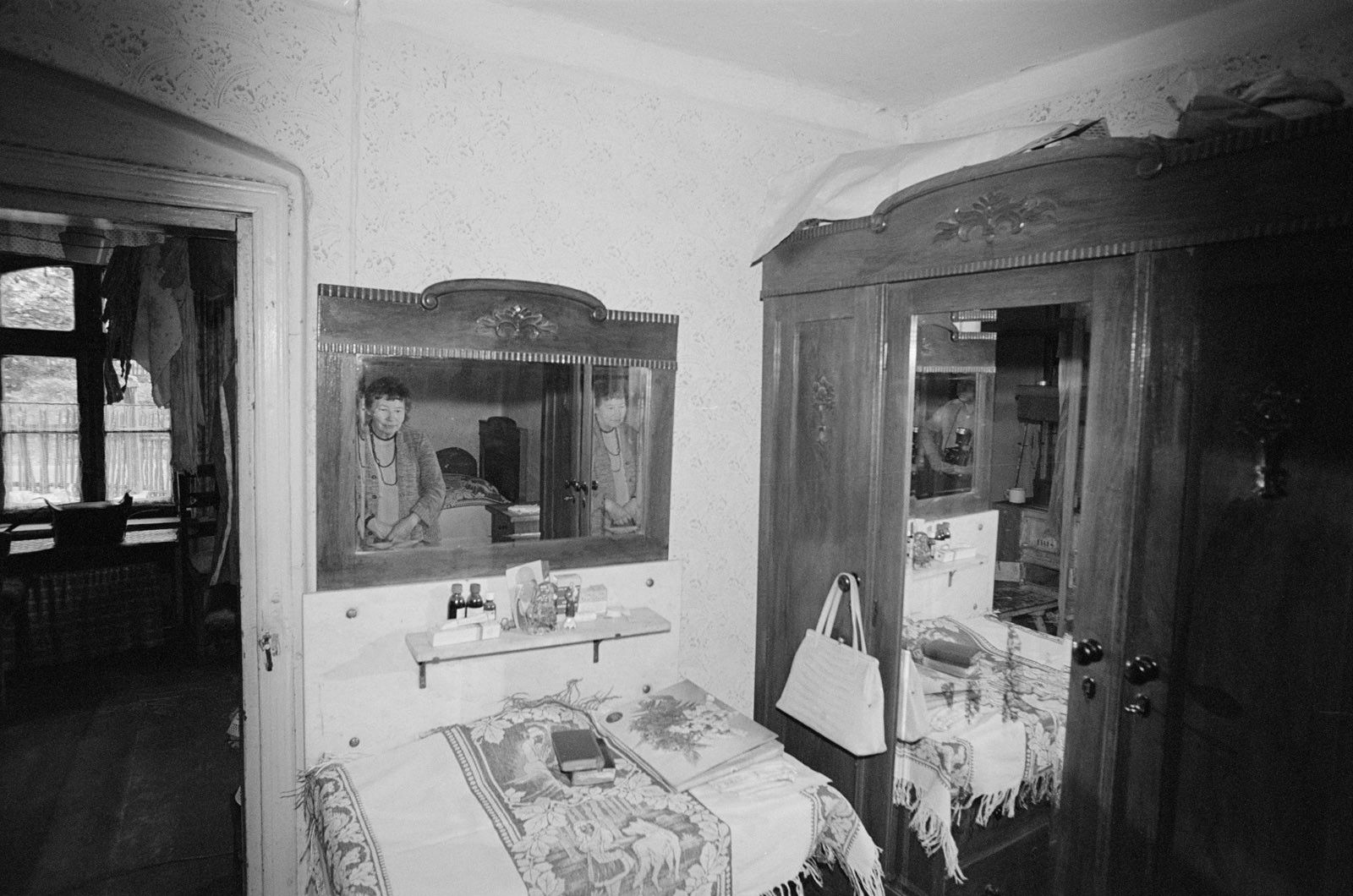 Rydet, reflected in a mirror
Rydet, reflected in a mirror
“People did not perceive her as an intruder” reports photographer Anna Beata Bohdziewicz, who accompanied Rydet on a few shoots. She was fascinated by how naturally Rydet interacted with the people of the countryside, and how much she cared about taking pictures inside of their houses.
Why interiors? Zofia Rydet was convinced that the things people assemble and collect are a reflection of their lives. But maybe she also chose this subject because each household is a perfect individual unit. Photographer Sergio Larraín once said that photography was all about “organizing the rectangle”, and while he referred to the photographic frame, it could as well mean these rectangular rooms that box in the subjects and visually remove them from the outside world.
Precise and Revealing
Indeed, there’s a specific effect visible to the photos: First of all, they are quite uniform. That’s because they’re taken in the same style, with subjects posed to look casually into the camera and instructed not to smile. Zofia Rydet used black and white film, a wide-angle lens and a flash for all her photos — which lends them a strangely gloomy aura: The subject often brightly lit, with the lights fading towards the corner of the picture, refracting off mirrors and glass. Some of the pictures look haphazardly taken—almost in passing—they’re grainy and overexposed. Others are perfectly lit and as though the photographer took time to arrange the interior.
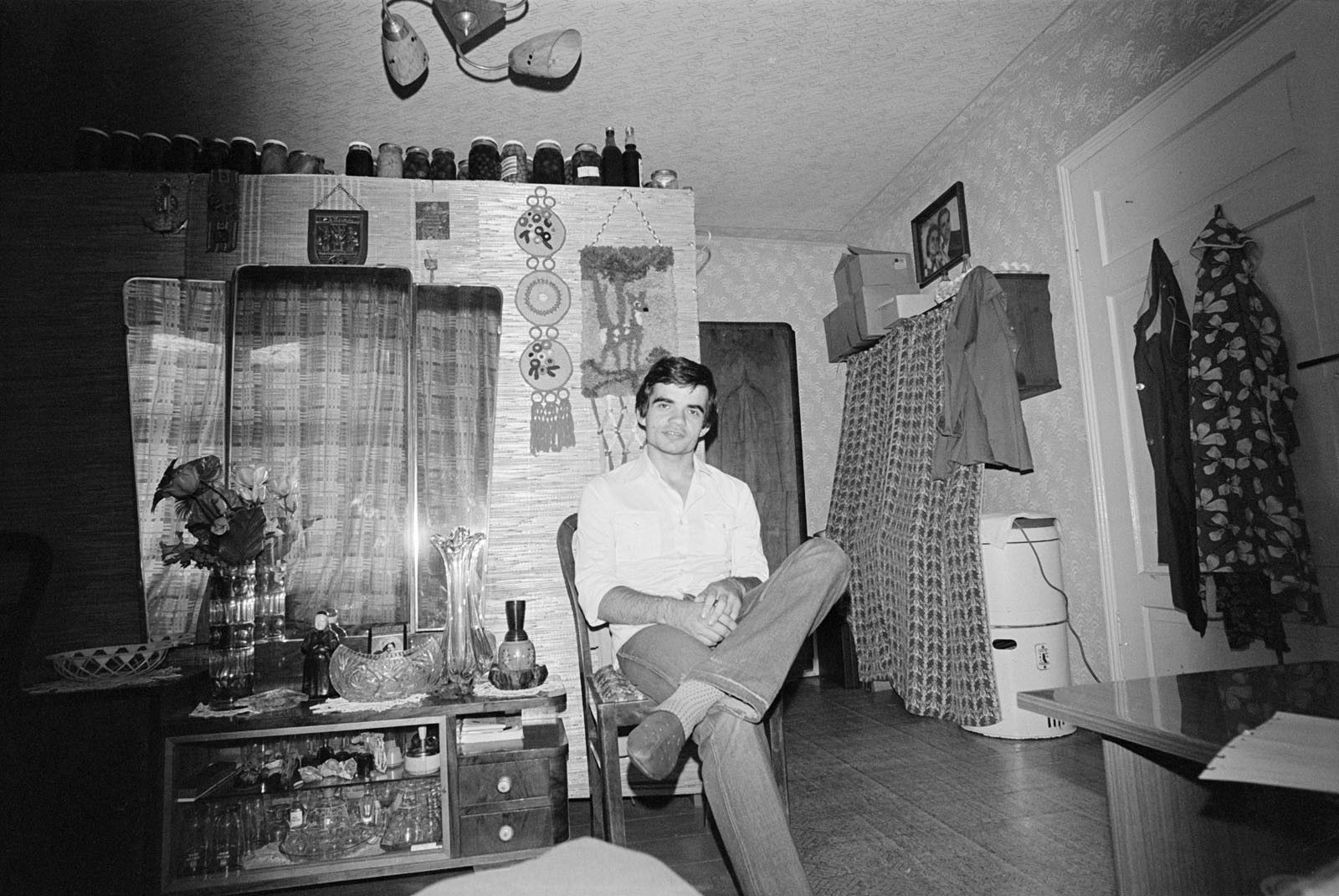
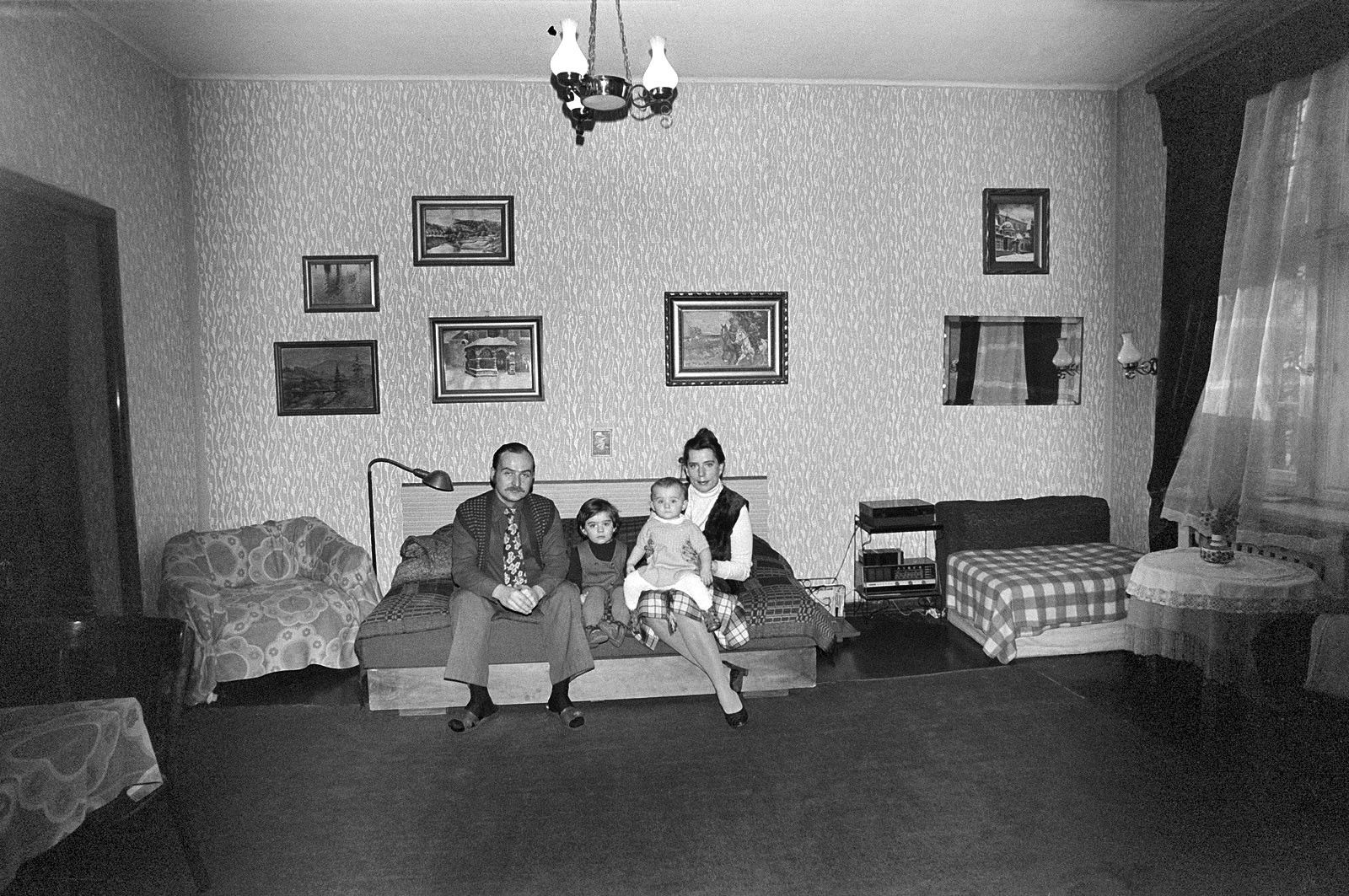
The photos are also quite revealing: Looking at these shots feels almost voyeuristic, since the interiors give away the circumstances of their inhabitants life.
Some households are barren, others have every available spot on the wall covered with decoration, some have gleaming white walls, others textured wallpapers and curtains. Interiors are like “a cocoon that man has created”, Zofia Rydet used to say, and by slicing open one wall of the cocoon she forcefully illustrates that notion.
Inhabitants sometimes look like an organic part of the interior, something they build and that has shaped them in return, but they also look lost, sometimes depressed, or as though they are hiding among their things.
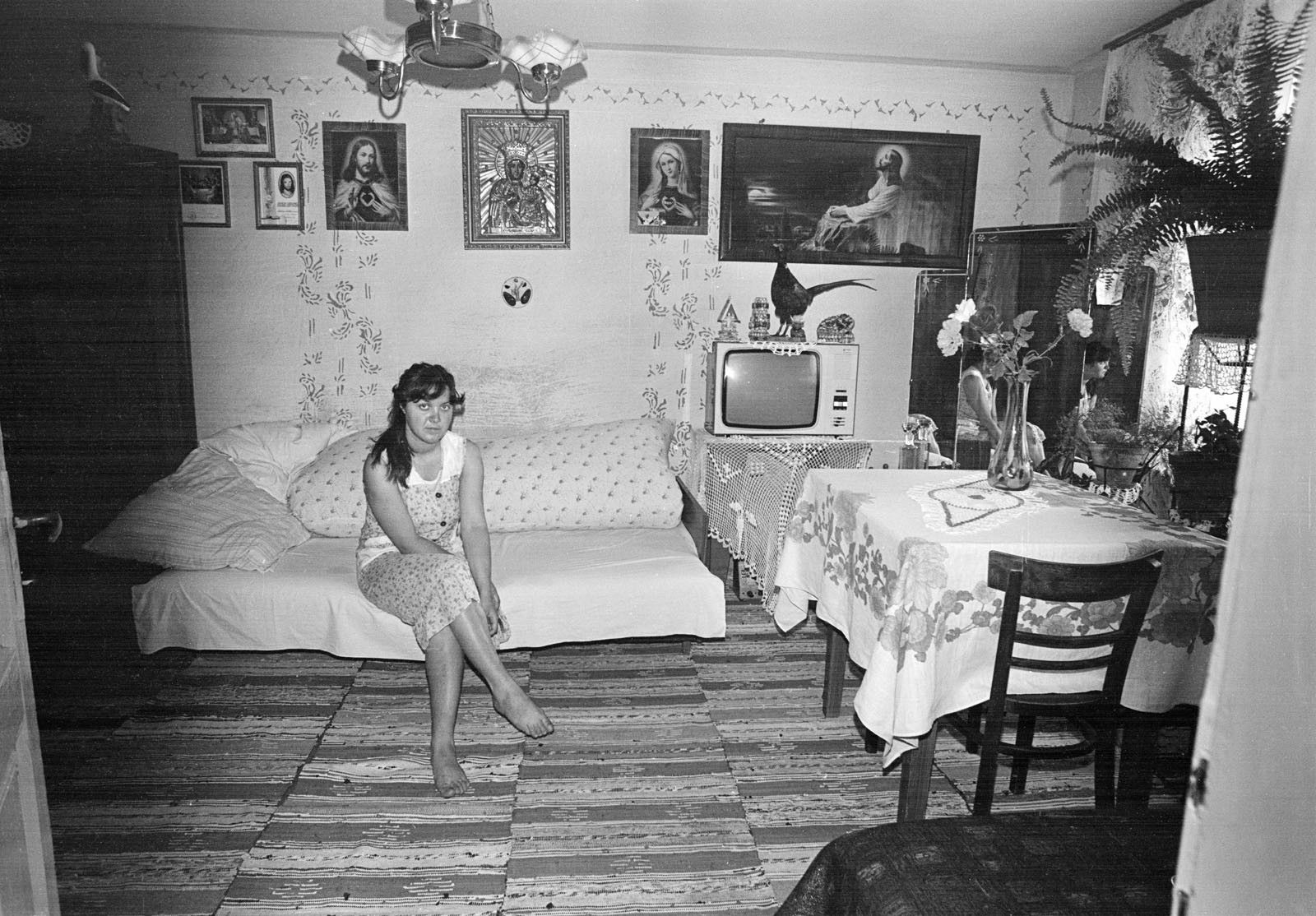
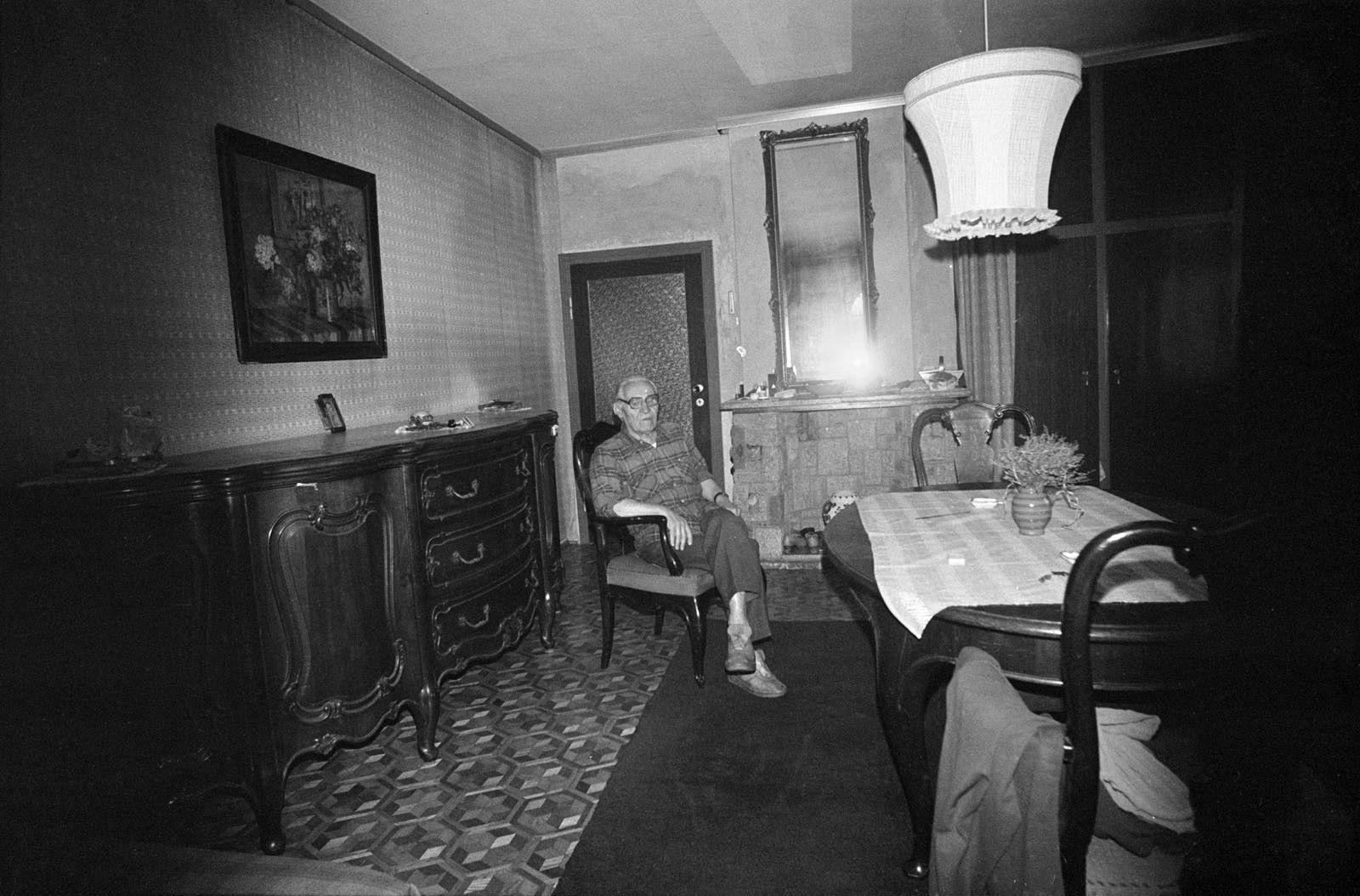
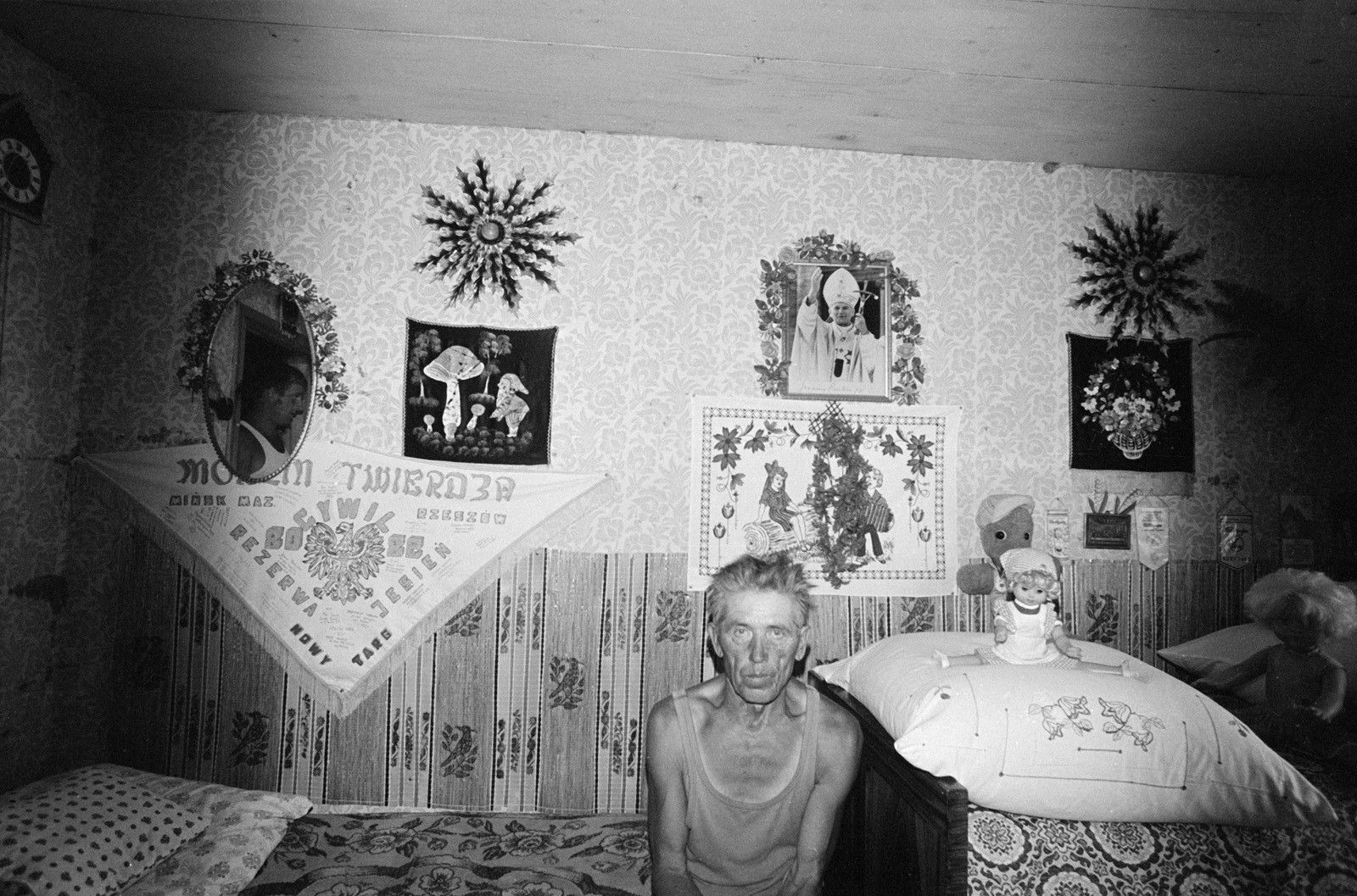
The most staggering effect these photos have emerges not from individual pictures but from looking at the greater whole, by seeing more and more of those black and white interiors.
It functions much like a photographic law of large numbers, where in our heads the different photos merge into just one room, its occupants anonymous, its interiors a mere chaos. The endless repetition of the same subject burns them into our retina until differences disappear and beauty appears.
A Creative Fervor
I can’t help but admire the monstrosity of this project and how impressive it is just by size and scope. In the age of film, 27.000 negatives were a vast number, one the writer Łukasz Zaremba has liked to “cosmic dimensions”. But it also appears that Rydet’s project slowly lost its initial focus containing — in the words of Zaremba — “uncountable repetitive firms, visual motifs, figures, and views of interiors”.
In fact, the Sociological Record kept growing not only because of Rydet’s persistence but also because she continuously pursued additional themes to her default photos of people in the interiors. She would constantly spin off new subprojects, such as a series of “women on doorsteps”, “crucifixes”, or “professions.” The project kept morphing and expanding, and Rydet simply kept showing up and shooting, almost until the day she died. “It’s an addiction, like vodka for an alcoholic,” she would say, and kept shooting even though she had long stopped printing the pictures.
Many historians and critics have since wrangled with the question of what to make of Rydet’s story and the way her project ballooned. Was she a prolific genius or rather an unhinged photographer with too much time on her hands?
Although it’s tempting to lump her in with Gary Winogrand, Vivian Maier et al, we have no way of knowing what truly drove her. Although I certainly find her work ethic mad, I’m not comfortable with posthumously declaring a Polish photographer I never met as insane.
In fact, I believe that photography needs this kind of fervor: Many truly staggering projects are the outcome of photographers with a relentless desire just to keep working, no matter the circumstances.
At the turn of the century, German photographer August Sander attempted to shoot a comprehensive portrait of the German population. It was a similarly ambitious project, that would be interrupted first by World War I, then by the nazis, and ultimately by a bombing raid in which most of his negatives burned.
A Forward-Driving Force
Like Sander, Rydet just kept going, kept taking more and more pictures, and kept straddling the line between productivity and madness. She found her rabbit hole and happily tumbled ever deeper.
Just as I was wondered what motivates these artists, I began reading Jenny Odell‘s book How To Do nothing—Resisting the Attention Economy and noticed she used used the same exact terminology I had used. In her case when she was talking about the experience of seeing the world afresh after experiencing a particularly great piece of art:
So why go down the rabbit hole? First and most basically, it is enjoyable. Curiosity, something we know most of all from childhood, is a forward-driving force that derives form the difference between what is know and not known. (…) Although it’s never seemed like a choice to me, I live for this feeling. Curiosity is what gets me so involved in something that I forget myself.
And there you have it: Rydet wasn’t mad or lost her way. She was merely immensely curious. Photography was her way of feeding that curiosity. Odell describes curiosity as ”inherently open-ended” and in that light, setting out to take a lot of photos, hell, to photograph your entire country, is merely a quest to learn, understand, and to dig the rabbit hole deeper and deeper.
I would speculate that the scope and ambition of the Record were Zofia Rydet’s way of making sense of the world. By visually cataloguing it through the meticulous precision and dedication of an archivist. Not through individual pictures, but through the greater whole, the underlying vision. Possibly that was the photographer’s way of making sense of the world.
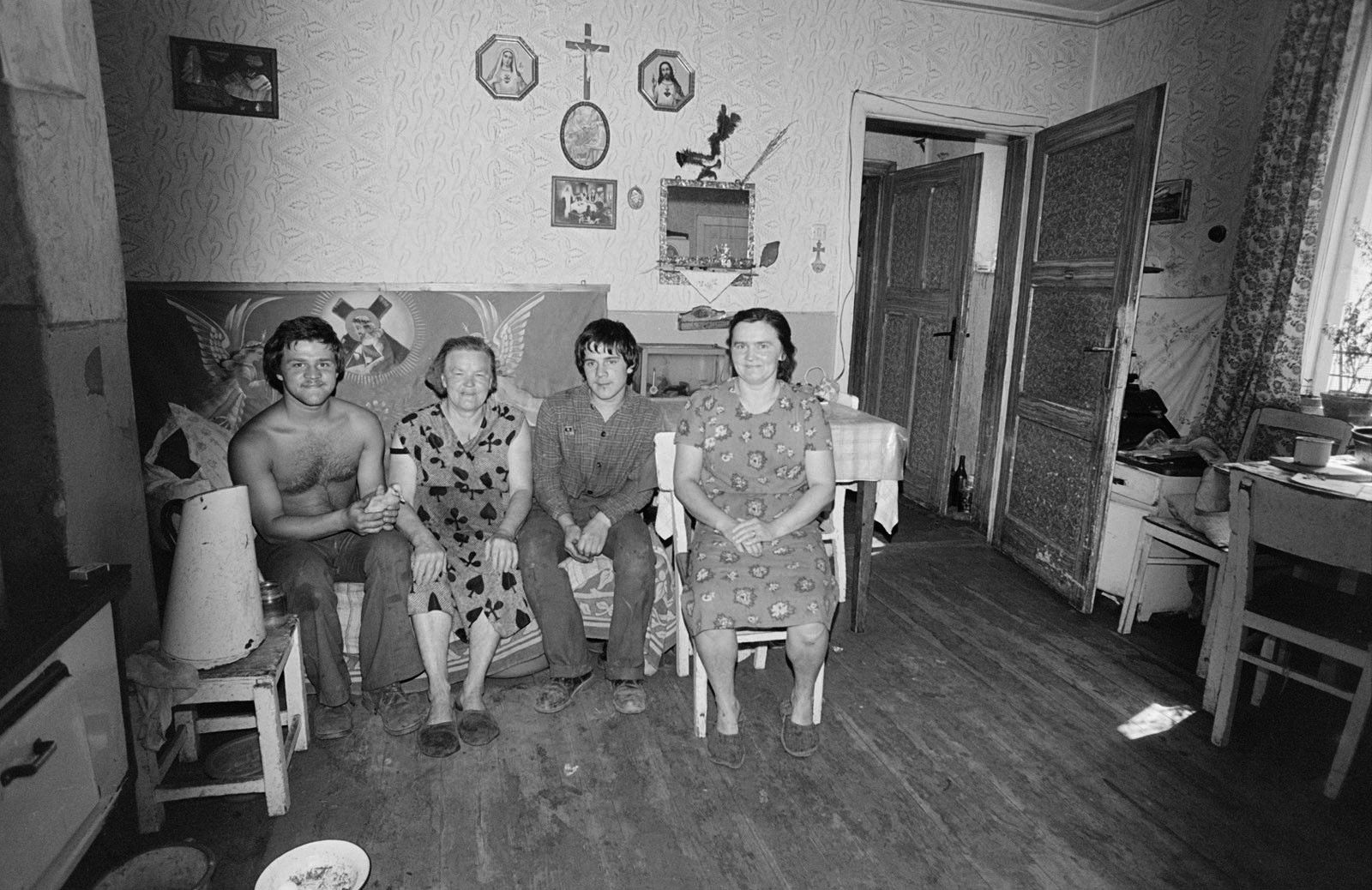
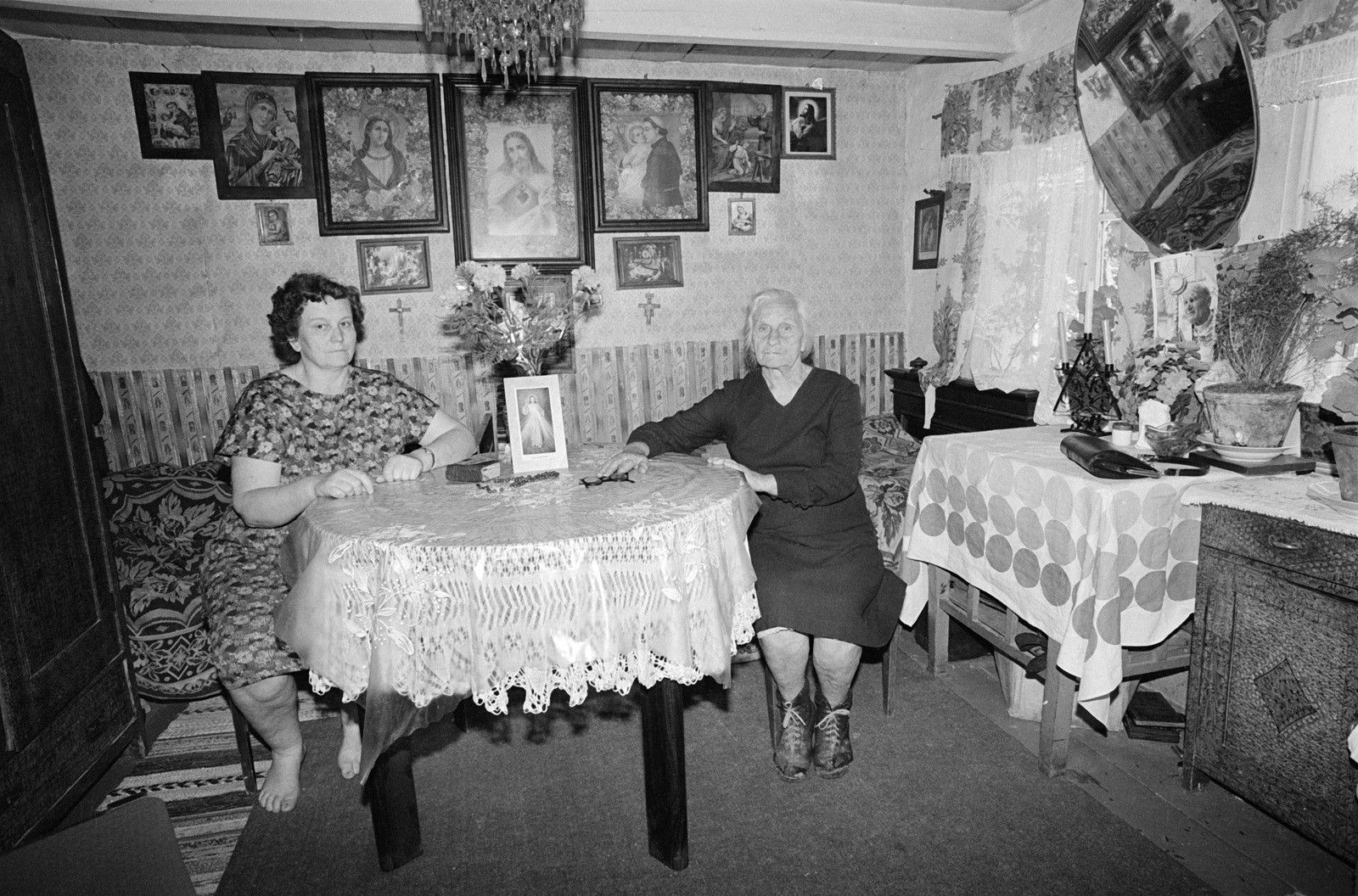
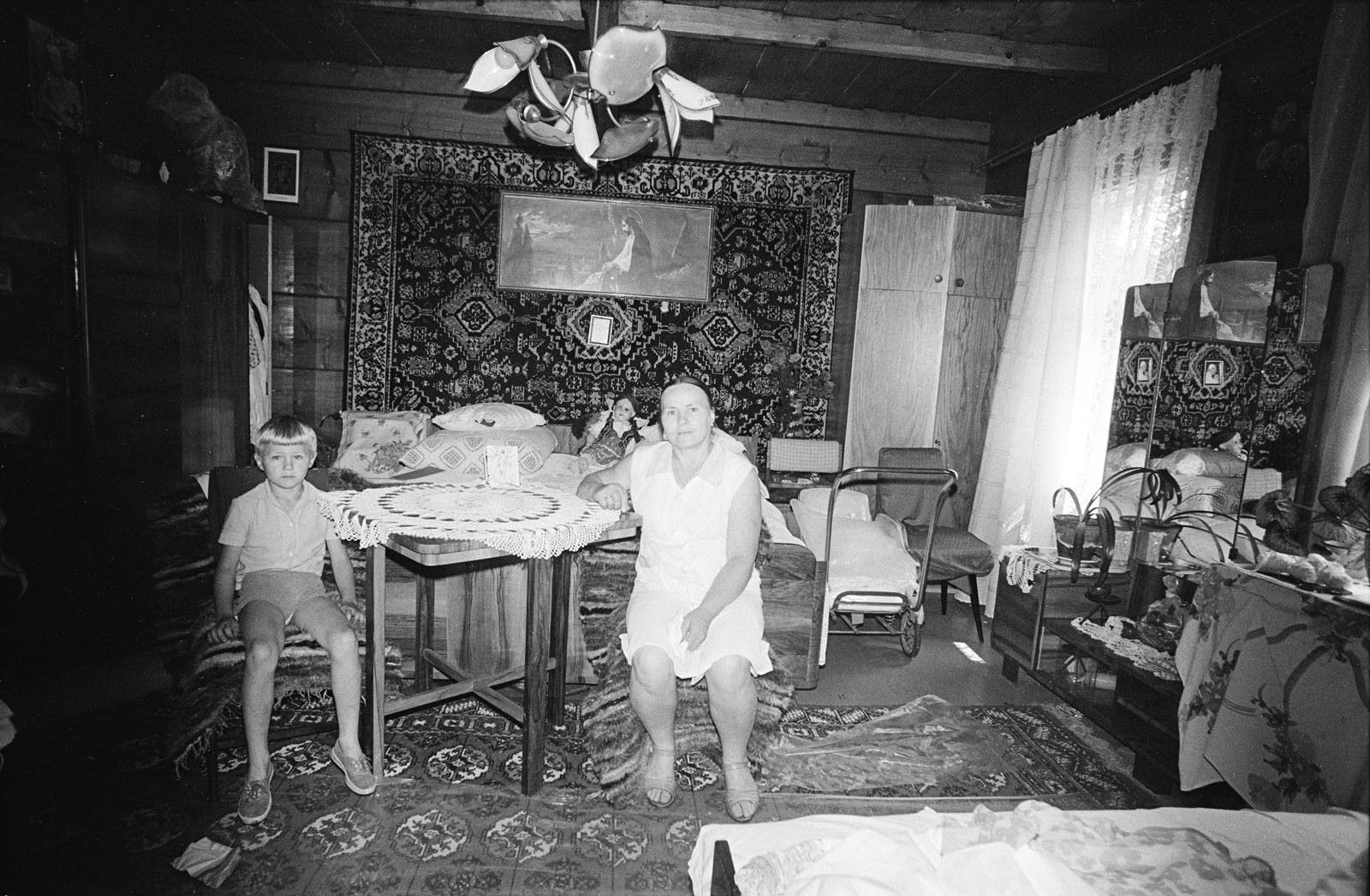
A Beautiful Mess
But there may have been more, a lesson encoded in the beautiful mess she left: Namely that finding a rabbit hole pays off. She was an artist who never ceased to rewrite her story, who was forever transforming herself, continually evading all attempts at categorizing her. “We have,” writes the critic Adam Mazur “no idea what kind of photographer she was.” What we do have are the anecdotes—and the archives to pour over.
I’ll leave you with something the artist herself said, a final word that should remind us that the work of interpreting any oeuvre is never quite finished:
“I won’t be here, you won’t be here, but the photographs will remain.”
I can’t recommend Jacob Mikanowski’s article Shutter Madness about Gary Winogrand enough, since it charts the slow descent of the photographer with the most vivid anecdotes: “(…) even John Szarkowski, Winogrand’s close friend and chief patron, while editing the late work for a posthumous exhibit, found himself feeling first impatient, then angry, and finally convinced that he was the butt of a cruel joke, ‘designed by the photographer to humiliate him.’”↩︎
Film was of poor quality, and one of the reasons why we see so many grainy black and white photos from the Eastern Block as far as until the 1980s was that there simply wasn’t much color film available.↩︎